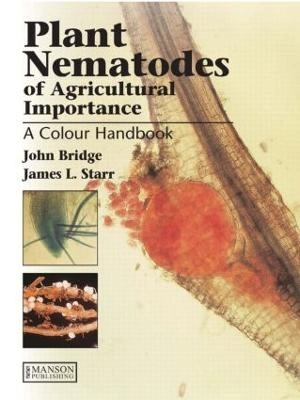

Plant nematodes of agricultural importance - a colour handbook
- Utgiven: 2007
- ISBN: 9781840760637
- Sidor: 152 st
- Förlag: Manson Publishing Ltd
- Format: Inbunden
- Språk: Engelska
Om boken
Åtkomstkoder och digitalt tilläggsmaterial garanteras inte med begagnade böcker
Mer om Plant nematodes of agricultural importance - a colour handbook (2007)
I februari 2007 släpptes boken Plant nematodes of agricultural importance - a colour handbook skriven av J.l. Starr. Den är skriven på engelska och består av 152 sidor djupgående information om jord- och skogsbruk. Förlaget bakom boken är Manson Publishing Ltd.
Köp boken Plant nematodes of agricultural importance - a colour handbook på Studentapan och spara pengar.
Tillhör kategorierna
Referera till Plant nematodes of agricultural importance - a colour handbook
Harvard
Oxford
APA
Vancouver



















